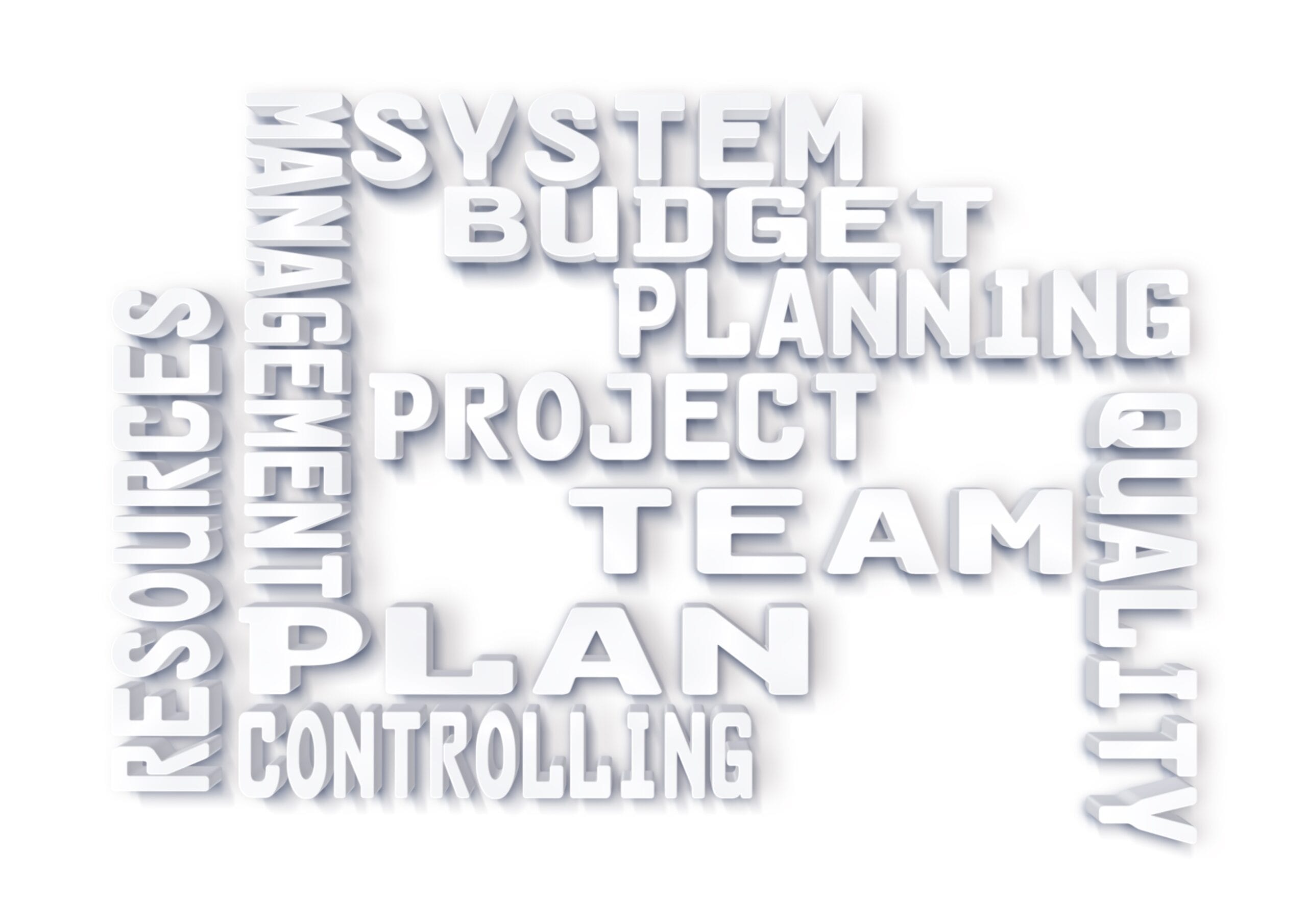Having a budget and following it are the keys (in our opinion) to good financial management. And this applies to all areas of money work:
For the axis of earning money:
it is important to really know what you earn in order to know how to act on this axis. A budget is both what you spend and what you earn. We are always troubled by the number of people who do not really know what they earn, all incomes combined. We must also understand that knowing what you earn means knowing precisely what you earn. That is to say, including tax reimbursement or tax payment, any bonuses received, etc.
For the axis of spending money:
obviously this is where the budget makes the most sense. With a budget and tracking expenses, we know how much we owe or want to spend on each expense item.
For the saving money axis:
only what has not been spent can be saved. And with a budget and monitoring of your accounts, you can see if you have really saved during the month and the year. Because there is a behavior that is widely developed which is that people put money aside and therefore have the impression of having saved this amount. However, during the month they only go and dip into their savings account again. And in the end, there is not so much – or even nothing at all – that has been saved. Or we save 100 dollar when if we control our finances we could be at a rate of 500 dollar per month to save. That is 5 times more and it is much more powerful at the end of the year.
For the investing money axis:
We can obviously only invest what we have. It is therefore important to have a clear vision of the amounts available. And if your ambition is to invest more than you have available, you will have to find money. Either by earning more, or by spending less, or both at the same time! And there the budget and its monitoring will be your best allies to achieve this!
For the money mindset axis:
having a real knowledge of your financial situation, your income, your outgoings, your future expenses, your projects, allows you to have a healthy relationship with money and a good money mindset.
In short, you have understood, making a realistic, serious and effective budget but also following it and adapting it if necessary will allow you to really improve your financial situation. Because what is unknown cannot be controlled.
Having a real knowledge of your figures and therefore of your situation will already allow you to face reality, to become aware of the changes that you would like to implement, to see the effects (or not) of the changes once they have been implemented, and therefore to make good financial decisions.
Now let’s get down to business!
Choose your support
To begin with, we can talk about the equipment needed to create your budget. There is no single way to do it. It will really depend on your affinities.
If you are more of a paper person, you can take a notebook and make your own model. You can also complete a budget planner available in all major bookstores or on the internet. You should know that paper can be more interesting for people who spend a lot and who would like to reduce their expenses because writing on paper really allows you to become aware of the expenses incurred.
For our part, we must admit that we are more of an IT team, more precisely an Excel team.
You see that for us it is really not the most important medium but rather the content of your budget and its monitoring. That is all that is essential. The medium must just suit you and be easy for you to use.
To help you, we have prepared an Excel table template that corresponds to what we are presenting to you here. We have tried to make a table that is as easy to use and effective as possible. This table is available on website buymeacoffee or by contacting us via our social networks.
If you are more used to working on Excel, you can obviously make your own table.
The budget is annual
When we hear about budgets, we often see the monthly budget. However, we must keep in mind that a budget is above all annual. We must prepare our budget for the entire year ahead, including of course all the income and expenditure that are the same monthly, but also all those that only happen once a quarter, half-year or year. Because we must recognize that these are often the expenses that “get us into it”. We think of income or property tax , taxes, changing tires, end-of-year or birthday gifts, summer courses, vacations, back-to-school, etc.
We must therefore prepare a budget from January to December, taking into account all recurring income and expenditure and including as much as possible the events that only happen at certain times of the year.
Note that a budget is never perfect. We never think of everything, especially if we do it for the first time. And then life evolves, there are many situations that can change. There are also surprises (positive or negative) that can happen. What is important is to try to prepare a budget that is as realistic as possible and to adapt it over time. And you will see that if you continue to do this over time, which is our case, having an annual vision is not difficult at all because you have all the information from previous years available.
Take balance sheet
The first step in creating your budget is to take stock of your income and expenses. You will therefore have to look at your bank accounts and everything that has come out of them in recent months. To have a sufficiently clear idea, you must at least look at the last three months. This is an exercise that may seem heavy to you, but know that you will only have to do it once if you subsequently continue your budget and its monitoring. This will also allow you to become aware of your real financial situation and it will boost your mindset if you want to implement changes.
What is your income, your income?
We will start with the easiest, namely income. Indeed, in most cases there are not 20 different sources of income.
We are talking here about professional, social, family or additional income (if you have a one-off job, investment income, etc.).
Income is regular, irregular or random.
Regular income is therefore salaries, allowances, rent or alimony.
Irregular income is bonuses, back-to-school allowances or for me copyright.
Random income is that which comes from one-off jobs, family assistance or the sale of personal property.
What are the expenses?
And this is where things get a little tricky. Because if we generally have little income, it is quite different for expenses. Almost every day we take out our bank card or cash from our wallet. Plus checks for our French friends. And there are also all the expenses that are automatically made by direct debit. As well as bank transfers.
Expenses can be compulsory, reducible or deferrable. This distinction is important in case your budget is too tight. Indeed, by being well aware of which expense falls into which category you will be able to more easily adapt your behavior to get back on track.
Compulsory expenses – or fixed expenses – are housing (rent or loan repayment), taxes, especially property taxes, payments related to contracts (insurance, pension savings, telephony, etc.)
Reducible expenses – or adaptable expenses – will be food, transport costs, hairdressers, beauty costs or even vacations.
The difference between compulsory expenses and reducible expenses will really depend on one person to another. Each of us has our own priorities and you must act according to yourself, your own vision and your priorities.
In addition, certain compulsory expenses can fall into the category of reducible expenses. I am thinking here in particular of payments linked to contracts (insurance, telephone and internet)
Referable expenses – or leisure expenses – are DVDs, books, gifts, games, outings, decoration, etc.
On our side in our budget table we put a different color for each of the 3 categories of expenses. To illustrate this, we put the compulsory expenses in red because we have no room for maneuver on them. We put the reducible expenses in orange. We have room for maneuver for these expenses but not totally.
And in green the deferrable expenses. Because for these we do what we want.
So you have made your inventory. You know what came in and what went out in the last few months. You are ready to complete your forecast budget table.
Complete your forecast budget table
We advise you to classify all of this into major categories. And in each of these major categories, you can put subcategories.
In the Excel table that we offer you, here are the major categories that we have chosen:
- Income
- Housing
- Transportation
- Daily life. To illustrate, the subcategories here are food, clothing or even the telephone
- Health
- Leisure
- Miscellaneous
Making subcategories allows you to have a detailed knowledge of expenses. But you do not have to go into that much detail.
You must therefore integrate the corresponding amounts into each category or subcategory. Be precise, do not round. You must do this exercise for the entire year. Try to think, or simply go through your papers, at the times when the annual, half-yearly or quarterly payments fall to properly integrate them into your table.
It is possible, not to say probable, that certain amounts in certain categories seem too high to you. You can decide to reduce these items by working on them (renegotiate your contracts, buy less, differently, etc.). But this will happen over time.
There you have it, your annual budget is done. It will certainly have taken you time and energy. But you should not stop there if you want to take back control of your personal finances. This is often the main mistake. Once this base is done, you still have to do the steps below.
learn more : How to Building an Emergency Fund
Track and encode your actual expenses
After having created your forecast budget, it will be important to track your actual expenses. And these actual expenses will have to be compared to your forecast budget.
Concretely, you will therefore have a forecast budget, that is to say what you had planned, and an actual follow-up, what really happened. And very often it does not match exactly!
By comparing the two you will see whether or not you are following your budget. For efficiency, you can already put in this table what will automatically leave your account. For example, your rent or mortgage, the car loan, mutual insurance costs, etc. You will still have to make sure over the months that these amounts are always the right ones.
To facilitate the encoding of these expenses, with our 8 years of experience, we advise you to pay by credit card as much as possible because this allows easier monitoring when encoding the expenses in the table.
We also advise you not to leave too much time between your purchases/payments and filling in the table because otherwise you risk forgetting what you had bought. For our part, we find that the most effective is to integrate every day (when you start) or at least every week the expenses actually made. Set aside a quality time every week to complete this step! Note that you can integrate the amounts you want to invest or save as expenses in the table or do this with the remaining amount. This will really depend on how you manage your money. If you have difficulty saving or investing, it is better to integrate this into the table. The same goes if you want to save or invest specifically a certain amount per month.
Suggest : Finance Planner (A4)
Take stock at the end of the month and adjust the budget for the following month
At the end of each month, it is time to take stock and therefore check the difference between your forecast budget and the actual one. You will probably be surprised, it can be positive or negative. We invite you to take the time to think a little:
How come you earned so much or so little?
What happened concerning this or that category or subcategory to have these results?
Are there expenses that you would like to eliminate or reduce? What are the concrete actions to put in place to achieve this?
How do you want to adapt the following months?
Creating an effective budget and precise tracking of expenses is of course first and foremost a question of technique. But it is above all and mainly a question of mentality… of mindset! Making a budget requires effort. Following a budget and its expenses requires regularity. So it is not so easy. But the game is really worth the candle. And as always, it is only your ability to dive into it, take action and stick to it that will make the difference. Nothing more.
Don’t hesitate to take this time and don’t be afraid to come back to it from time to time to challenge an expense item or to realize the reality of your figures because the figures don’t lie. Knowing your figures can really help you become aware of your financial reality and can push you to move towards better. Because before knowing where you want to go, it is always good to know where you are and where you are going.
Everything you have just read may seem heavy and difficult to put in place. But we can promise you that if you do things correctly, in a way that suits you, setting up a budget and following it will really allow you to regain control of your money. You will also be more serene on a daily basis. And as a bonus, you will have the means to finance the projects that are important to you. In short, there is only positive to be gained from it!






[…] LEARN MORE : KEY STEPS TO BUILDING AN EFFECTIVE BUDGET […]